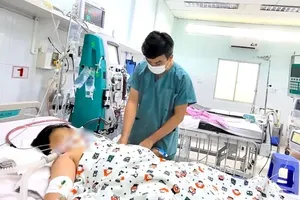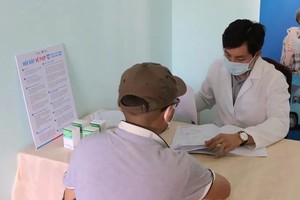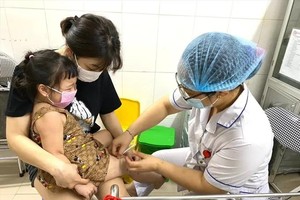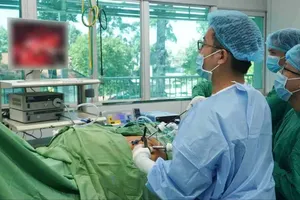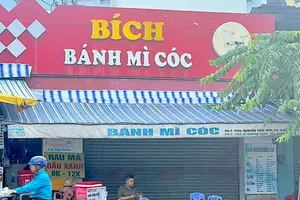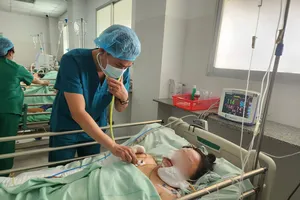
According to the Ho Chi Minh City Department of Health, the volume of donated blood in the first six months of 2025 was 20 percent to 30 percent below the city's needs. The situation is particularly dire at Cho Ray Hospital, a major regional hub, which has seen donations fall by more than 50 percent. This deficit is already affecting blood supply to neighboring provinces such as Binh Duong and Ba Ria Vung Tau.
The primary factors behind the decrease are a decline in student donors during summer vacation, delays in establishing grassroots blood donation steering committees due to administrative boundary mergers, and a dramatic surge in demand for blood in June and July.
In response, the Department of Health is urging an all-hands-on-deck approach to address the crisis. Units have been instructed to ramp up communication efforts and organize blood donation campaigns tied to community events to attract more donors.
Local authorities, including people's committees of wards and communes, are being tasked with either establishing or completing their voluntary blood donation steering committees and designating a point person to coordinate collection drives with the Ho Chi Minh City Humanitarian Blood Donation Center.
Hospitals and medical facilities are also being ordered to use blood more judiciously, strictly adhering to the transfusion regulations outlined in Circular 26/2013/TT-BYT. They are to limit unnecessary transfusions and prioritize blood for life-threatening emergencies.
The city's Hematology and Blood Transfusion Hospital has been directed to collaborate with the Humanitarian Blood Donation Center, Cho Ray Hospital, and the Red Cross Society to better manage blood donation tours and ensure an adequate and safe supply for patients across the region.
